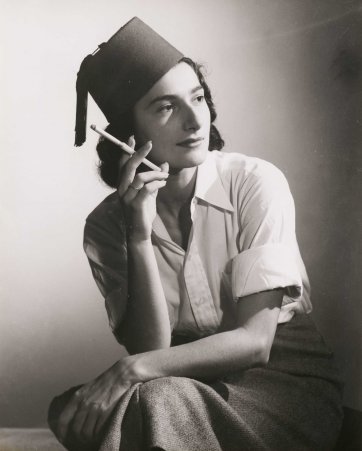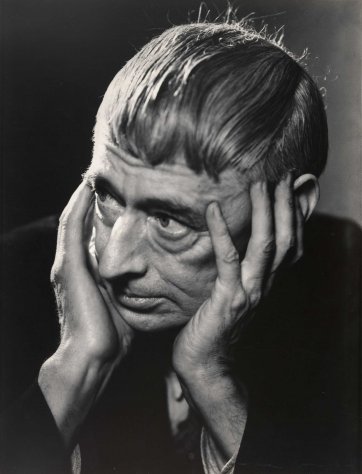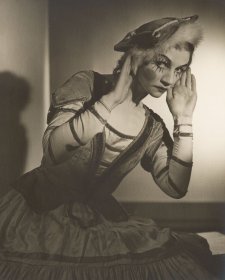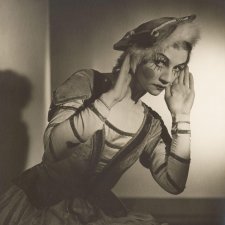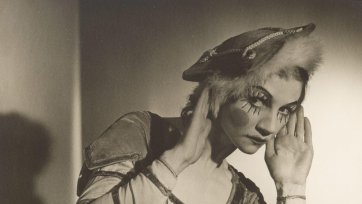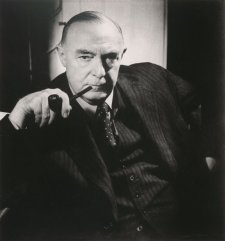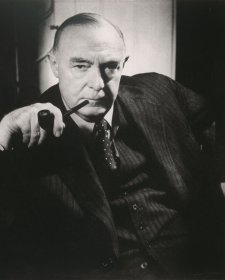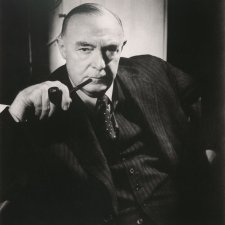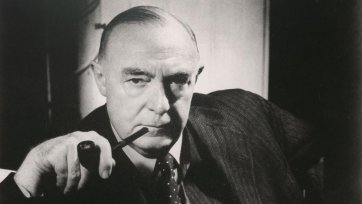Read
I like few people ... to go into a room of strangers is a chore for me ... I can effect a relationship, but afterwards, I think: was it worth it?
Read the Portrait article Vintage Max by Gael Newton.
Nestled safely in the basement stores of the National Portrait Gallery lies a box containing 30 photographs by Max Dupain. They form part of a larger private collection of vintage prints by the iconic Australian photographer from which the Gallery has judiciously been acquiring works. (As of December 2018, the Portrait Gallery Collection features some 85 Dupain photographs.) The portraits in the box are diverse. Some are formal commercial headshots, such as that of an avuncular, bespectacled man in a suit who confidently leans into a closely cropped frame; Dupain has captured the man’s amiable expression with refreshing frankness.
Read the Portrait article Dupain Detective by Johanna McMahaon
Solo Activity
Looking around your house, you will probably find lots of photographic portraits – school photos, family photos, baby photos, etc. The invention of the camera and subsequent technological advancements have opened portraiture up as an accessible genre that can be enjoyed by anyone. Take inspiration from Max Dupain and experiment yourself.
You will need: a camera (analogue, digital, smartphone); and various methods for controlling light (blinds or curtains, lamps, torches, room lights, times of day, etc)
- Try three lighting setups on the same object at home. This could be as simple as returning to the same location at three different times of day, or perhaps controlling the light artificially with blockout blinds and the careful positioning of lamps or other light sources.
- Take a series of photos in the different lighting. You may choose to use a black and white setting or colour.
- Review your photographs, observing the impact of lighting, including on shadows, clarity and mood.
Connected activity
Connect with a friend via a virtual movie night and allow yourself to enjoy some black and white cinematography.
You will need: A black and white movie (suggestions: Casablanca; All About Eve; The Asphalt Jungle; Lilies of the Field; The Artist; Good Night, and Good Luck)
- Go through your old DVDs or download a black and white movie to watch.
- Contact a friend so they can watch the same movie.
- While watching, be mindful of how lighting affects your perceptions. Consider the ways the director focuses on the characters in close ups to communicate the mood of the film or scene.
- Afterwards chat with your friend on the phone or video messaging about the movie and discuss moments in the film when lighting was used to the story.

